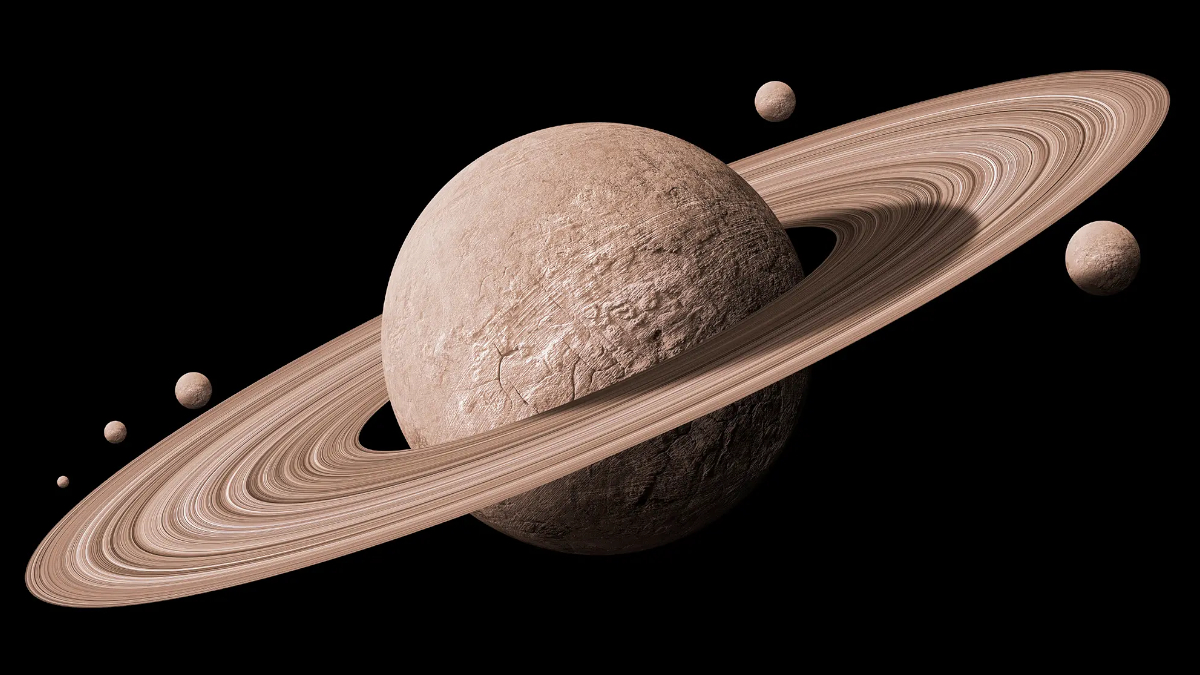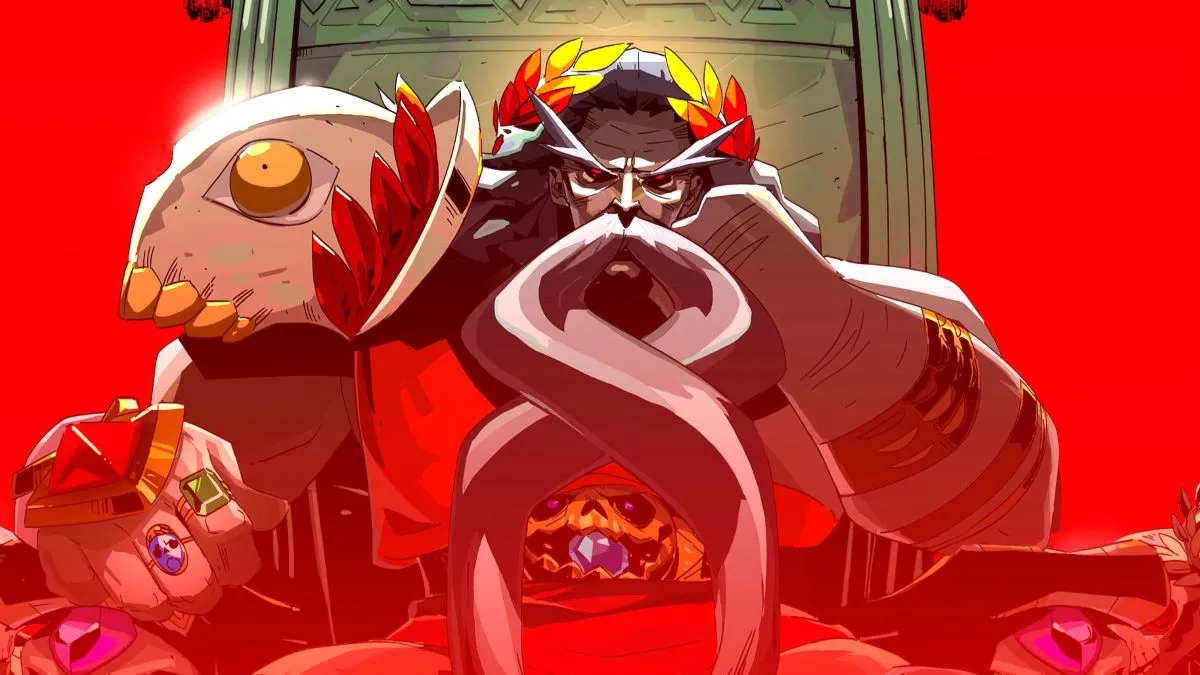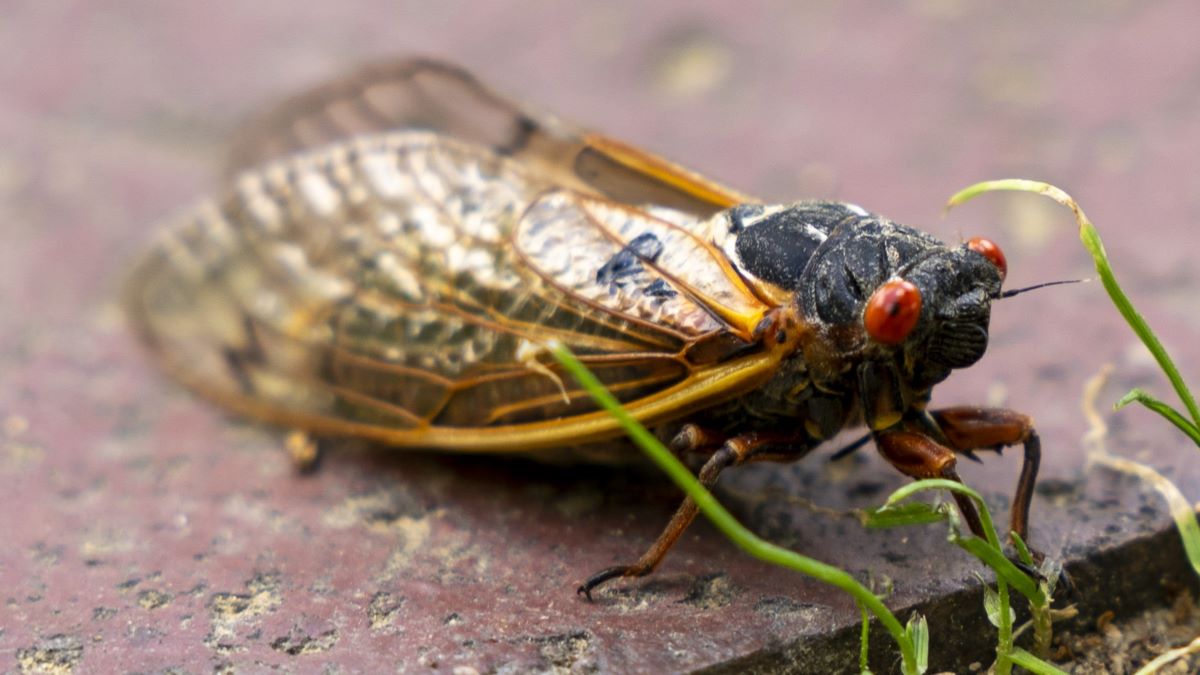Saturn is the second-largest planet in the Solar System after Jupiter and the sixth planet from the Sun. It is a gas giant best known for its enormous ring system, which makes it aesthetically distinguishable from the other seven planets.
Situated 1.5301 billion kilometers from Earth, it’s the farthest planet from us discovered by the unaided eye. Its existence has been known about since ancient times. The ancient Greeks knew it as “Φαίνων” (“Phainon”) — a sky god — and the Romans called it the “star of Saturn,” from which the planet takes its modern name.
The planet boasts a veritable cornucopia of intriguing facts; this piece will discuss ten.
10. It makes Earth look tiny
Saturn isn’t called a “giant” for no reason — it’s colossal. Its width is 120,500 kilometers, while Earth’s is a comparatively modest 12,742 km, making it over nine times wider than our home planet. Saturn has a volume 760 times greater than Earth’s and a mass more than 95 times greater.
9. It’s the only planet less dense than water
Saturn’s mass is comprised predominantly of hydrogen and helium — it’s certainly not a planet you could stand on. It’s the least dense of all eight planets and the only one less dense than water (and quite significantly so, as water is 30% more dense than it). For reference, its density is one-eighth the average of Earth’s.
8. It has the Solar System’s second-shortest day
Saturn rotates considerably faster than Earth, so a day on Saturn is significantly shorter than a day on Earth. While a day on Earth is (officially just shy of) 24 hours long, a day on Saturn lasts around 10.7 hours. Jupiter is the only planet with a shorter day than Saturn, lasting four minutes less than ten hours.
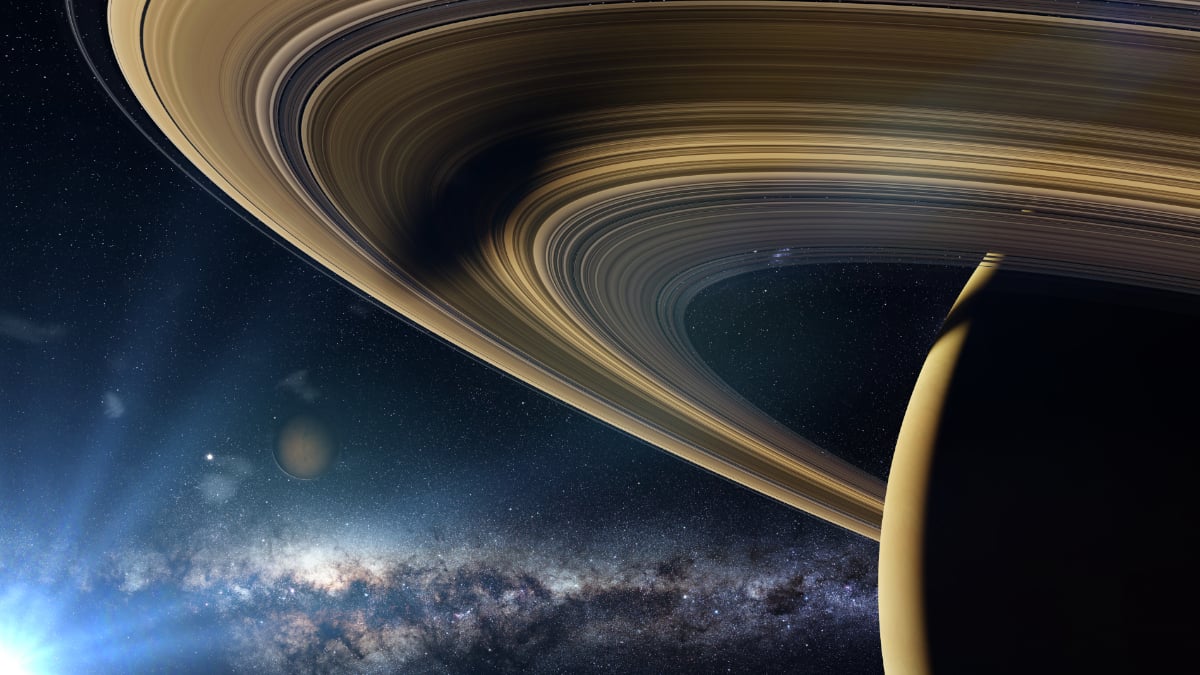
7. It’s an essential astrological symbol
Whether or not you believe in astrology, Saturn plays a big part in it. Those who check their daily horoscopes will tell you it’s the planet of karma, life lessons, challenges, hardship, and restrictions. It’s viewed as one of the more difficult planets and educates us on pain, resilience, perseverance, and the benefits of hard work.
6. It has a hexagonal vortex at its north pole
At Saturn’s north pole, an almost perfectly symmetrical jet stream about 30,000 kilometers across (comparable to the size of Earth), with winds of about 500 kph, spins around a tight vortex. The eye of the vortex is around 50 times larger than a typical Earth hurricane, and it boasts wind speeds around double that of our strongest cyclones at its maximum.
5. Its rings are nothing more than debris
Saturn’s rings may look like majestic cosmic material, but they’re less magical than you may think. They’re composed of billions of pieces of ice, dust, and rocks — unremarkable space debris, essentially — formed by the breakup of a former moon of Saturn that was ripped apart around 160 million years ago. Some are as small as a grain of sand, while others are comparable in size to houses. They stick out from 6,630 to 120,700 kilometers outward from the planet’s equator, and their thickness averages around 20 meters.
4. Pioneer 11 was the first spacecraft to reach it
On September 1, 1979, NASA’s robotic space probe, Pioneer 11, did a flyby of Saturn, getting within 22,000 km of the surface. That made it the first spacecraft to reach the planet. It was launched on April 5, 1973, so it took over six years to arrive. The probe was also used to learn more about the asteroid belt and the environment around Jupiter.
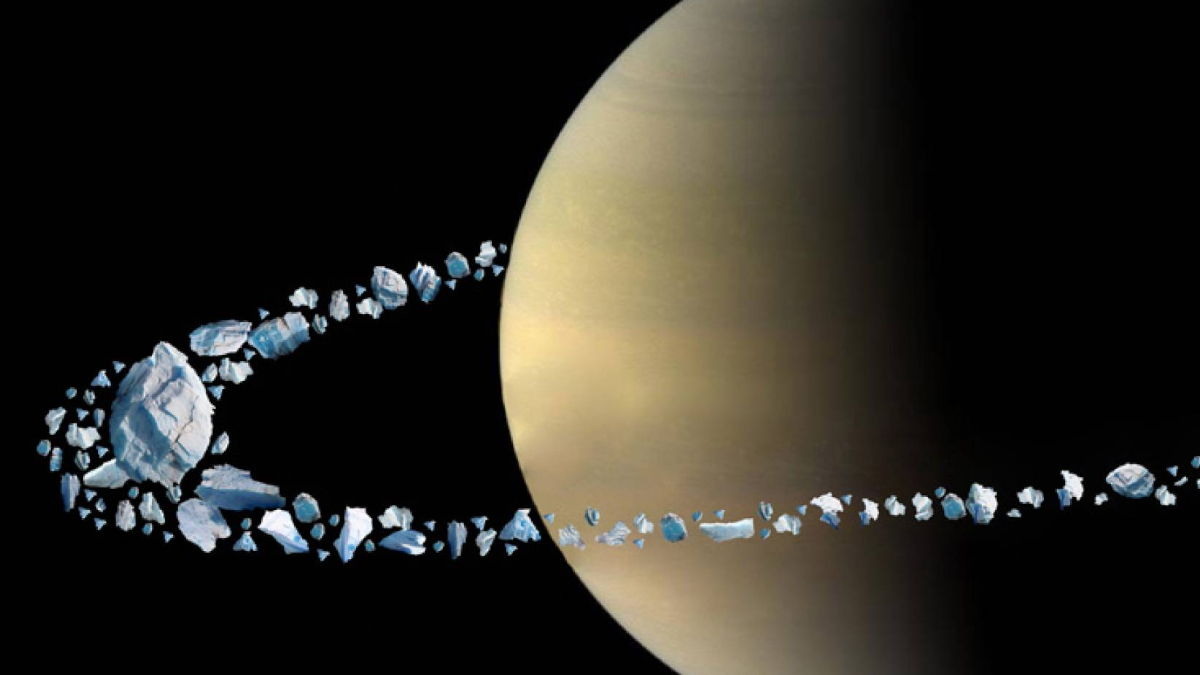
3. It has almost 150 moons/satellites
While you’ve probably heard of the likes of Titan (the second-largest moon in the Solar System) and Phoebe, somewhat unbelievably, Saturn has 146 moons in its orbit. 63 have official names, and more are being discovered reasonably regularly. These numbers do not include the hundreds of moonlets in the planet’s rings.
2. We won’t see its rings in 2025
Rumors are circulating that Saturn’s rings are rapidly disappearing, with some suggesting they’ll be entirely gone by 2025. They aren’t true. While the rings are fading, they’re doing so incredibly slowly. However, in 2025, we won’t be able to see them from Earth for another reason. Due to a phenomenon caused by the planet’s rotation on an axis, the rings will be entirely invisible to us Earthlings.
1. Saturn is over 4.5 billion years old
Our Solar System’s second-largest planet formed at the same time as the rest of it, around 4.5 billion years ago. Gravitational forces pulled massive amounts of swirling gas and dust together to make up the gigantic spherical mass. Approximately half a billion years later, the planet settled into its current position in the outer region of the Solar System.

